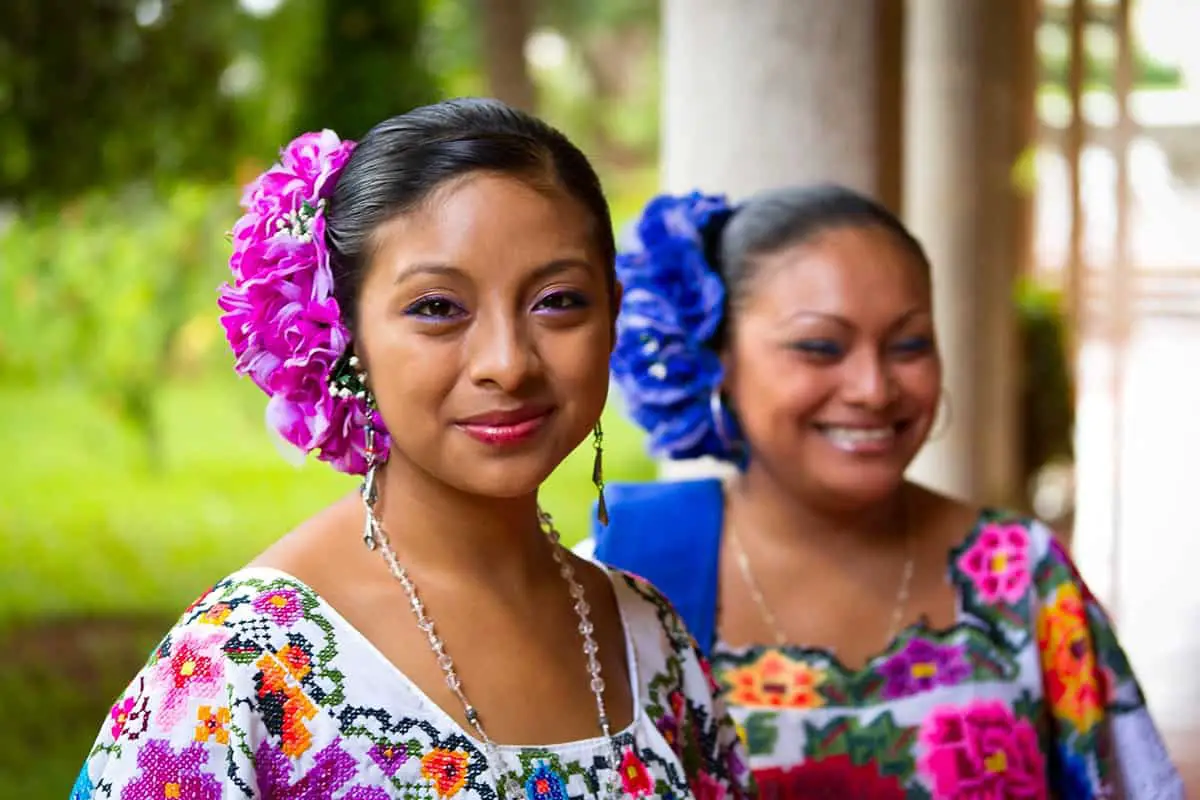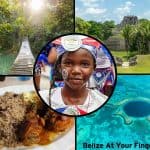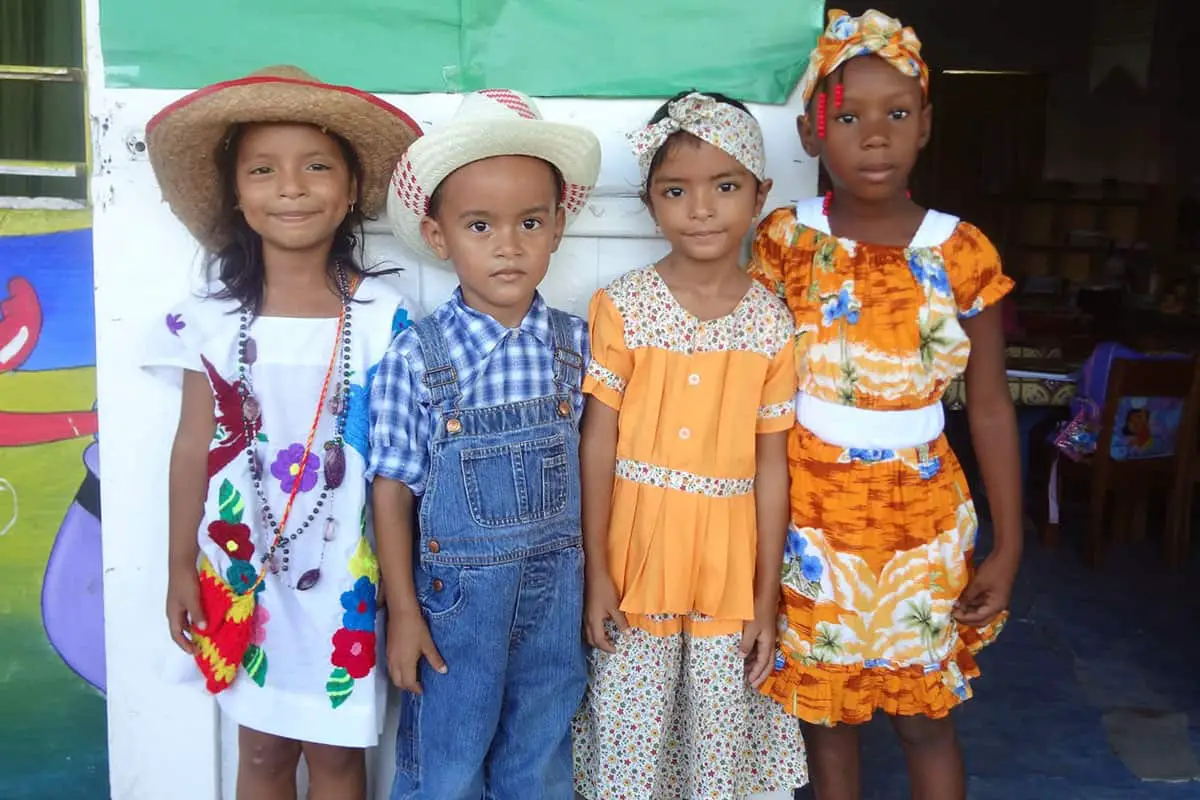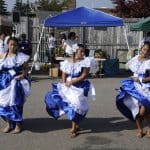The history of Central America is incomplete without a study of its indigenous peoples. Belize has a captivating story to tell, especially when it comes to the rich and deep culture of the Maya people.
The three Maya groups of Belize, the Yucatec, Mopan, and Q’eqchi, are descendants of the indigenous people of the Yucatán peninsula. In modern day, the Maya people mainly farm for a living and make up one-tenth of the population of Belize.
In the following paragraphs, I will tell you more about when the Maya people came to Belize, their cultural food and clothing, and how they contribute to the country of Belize in the twenty-first century.
How the Maya Came to Belize
Each of the Maya people groups came to Belize under different circumstances and at different times. Let’s take a look at each of their separate histories below.
The Yucatec Maya
The Yucatec Maya, located now in northern Belize, entered the country in the mid-eighteen hundreds to escape the Guerra de Castes or Caste War in Mexico. Right after Mexican independence from Spain, a redistribution of public land put many farms in the hands of wealthy citizens at the cost of the poor Mayan farmers.
The Mayans and other peoples of mixed heritage rebelled, leading to a brutal civil war that ravaged the country from 1847 to 1901.
To escape the massacre, many people of Mayan ancestry fled Mexico to find a home in Belize; then known as British Honduras. Belize had its own struggles but was far safer than Mexico. Resident Mayans in Belize successfully resisted official colonization until 1839, leaving the area a spot of contention between Spain and Britain.
The Yucatec Maya found a good home in northern Belize and now inhabit Corozal, Orange Walk, and Cayo Districts. Yucatec Mayans speak English, Spanish, and their own Mayan dialect.
The Mopan Maya
The Mopan Maya settled in Belize in 1886 and came mainly from the Petén region of Guatemala. Circumstances in Guatemala were grim, and many of the Maya people were subject to forced labor and unjust taxation. Belize offered a better quality of life and an escape from slavery (which had been banned in 1838).
Mopan Mayas now live in southern Belize in the Toledo and Cayo Districts. The farmers hold to their traditional way of life despite the large, commercial logging settlements threatening their land.
The Q’eqchi’ Maya
Also called the Kekchi Maya, these Mayans fled from Guatemala as well when they faced enslavement by German coffee growers. While not all Q’eqchi’ escaped, the ones that did settled near streams and lowlands in southern Belize.
The Q’eqchi’ Mayans are perhaps the most forgotten–though most common–minorities in Belize. Because they spread out and formed small towns instead of large ones, they have avoided mass interference by the government or corporations. Their settlements in the Toledo District amount to thirty small villages. The Q’eqchi’ Maya often intermarry with the Mopan Maya because of proximity.
Mayan Food
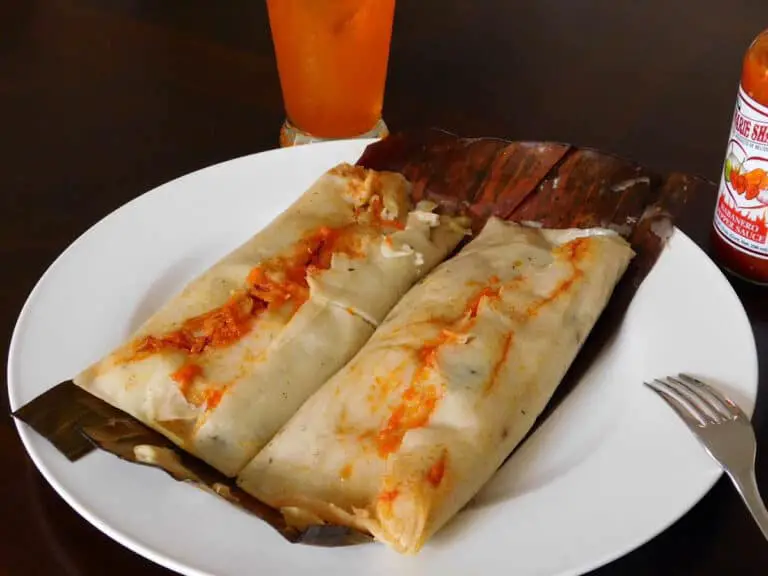
The Mayan people have heavily influenced the cultural cuisine in Belize, though it is a very ethnically diverse country. Corn tortillas, beans and rice, and stewed chicken are all Mayan-esque dishes that all citizens enjoy!
Tamales are probably the most popular Mayan dish still served all over the country. These tamales are a classic favorite, made from chicken or vegetable-stuffed cornmeal steamed in banana leaves. Poc Chuc, a Yucatecan course, is made from slow-cooked pork, sour orange juice, and vinegar.
One dish that has made a worldwide debut but is originally Mayan is chocolate. Cocoa beans are native to South America, and modern chocolate is a descendant of a cocoa drink loved by the Mayans for centuries.
Mayan Clothing and Jewelry
The ancient Mayans adored bright, colorful designs and feathers. The Mayan dress consisted of a loincloth (wrapped many times around the waist) for men and a skirt for women. The rich would weave in feathers and pearls to add dignity to the cloth. Festivals and religious ceremonies called for even more elegant trappings and weaving.
Ancient Mayan culture relied heavily on class. If you were of low social status, you were often prohibited from wearing certain types of jewelry. This caste system is not in effect today, and traditional Mayan jewelry is a rich tourist attraction.
Before the Mayans used metals like gold and silver for jewelry, ornaments were carved from the teeth and bones of animals, shells, or claws. Eventually, gold and silver became more common and the precious stones of the region, specifically obsidian, came into use. Jade, however, was always the most sought-after medium.
In the religion of the Mayans, jade was closely associated with the gods and eternity. Bracelets, rings, and ear plugs were all made of delicately carved jade.

Mayans in Belize Now
Today, the Maya people fight the battle of the indigenous minority in a country hungry for their traditional lands and livelihoods. Though the Belizean government has signed agreements with the Mayans to cut back on commercial logging and petroleum development, the officials have yet to make good on their promises.
Between 2007 and 2015, the Maya people entered court battles to assert ownership of the historically-Mayan lands and to stop the seizure of these lands by big companies. After lots of back-and-forths, the Mayan lands and restitution for the damages to the ground are still in limbo due to enforcement and compliance issues.
The Mayan people still farm where they can but are among the poorest communities in Belize. Their desire to keep their land and their culture remain strong, and international indigenous aid is on their side. Hopefully, the authorities and logging companies in Belize will come to recognize and respect the rights of the Maya people.
How Does the History and Culture of the Maya People Influence Belize’s Reputation as a Must-Visit Destination?
The rich history and culture of the Maya people have made Belize a bucket list destination for travelers. Its ancient ruins and vibrant traditions attract visitors seeking to immerse themselves in the country’s unique heritage. As a result, Belize has gained a reputation as a must-visit destination for those eager to explore Maya history and culture.
Conclusion
The ancient Mayan civilization is far richer in history and achievement than many articles could express. The modern Mayan peoples reflect this great history’s traditions and way of life.
Though people of Mayan descent live in several Central American countries, they are most populous in Belize. Though their situation with the Belizean government is precarious, the rest of the world is not blind to their struggles or unable to help.

